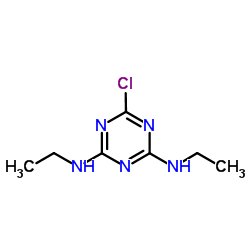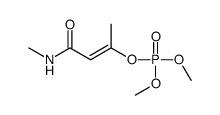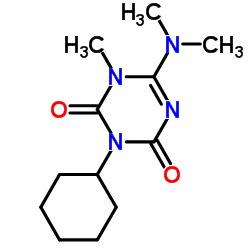| Structure | Name/CAS No. | Articles |
|---|---|---|
 |
Simazine
CAS:122-34-9 |
|
 |
Atrazine
CAS:1912-24-9 |
|
 |
Monocrotophos
CAS:6923-22-4 |
|
 |
Hexazinone
CAS:51235-04-2 |
|
 |
Dicrotophos
CAS:141-66-2 |